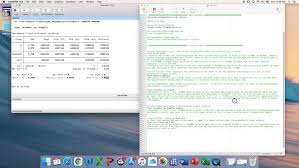Stata Z Test, is one of the most widely used methods to determine if there is a significant difference between sample data and population parameters, or between two sample groups. In Stata, a powerful statistical software, performing a Z-test is straightforward, allowing researchers and analysts to conduct hypothesis testing with ease. In this article, we will explore the Z-test, how to conduct it using Stata, and how to interpret the results.
What is a Z-Test?
A Z-test is a type of statistical hypothesis test used to determine if the means of a sample are significantly different from a known population mean, or if two independent samples differ from each other. It is based on the Z-distribution, a standard normal distribution, and is most effective when the sample size is large (usually greater than 30) and the population variance is known.
The Z-test is used in various fields, including economics, medicine, and social sciences, for making inferences about population parameters based on sample data.
Types of Z-Tests:
- One-Sample Z-Test: Compares the mean of a single sample to a known population mean.
- Two-Sample Z-Test: Compares the means of two independent samples to determine if they differ significantly.
- Z-Test for Proportions: Compares the proportions of a characteristic in one sample or between two samples.
Key Assumptions of the Z-Test
Before performing a Z-test, certain assumptions must be met:
- Sample Size: A large sample size is necessary (n > 30) for the Z-test to be valid. For smaller samples, the t-test may be more appropriate, especially when the population standard deviation is unknown.
- Normality: The data should be approximately normally distributed. For large samples, the Central Limit Theorem allows the Z-test to work even with non-normal data.
- Known Population Standard Deviation: The Z-test assumes that the population standard deviation (σ\sigma) is known. In real-world situations, this is often not the case, but you can approximate it from large samples.
Z-Test Formula
The general formula for calculating the Z-statistic depends on the type of Z-test being conducted. The formula for a one-sample Z-test is




